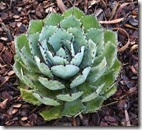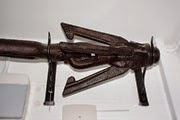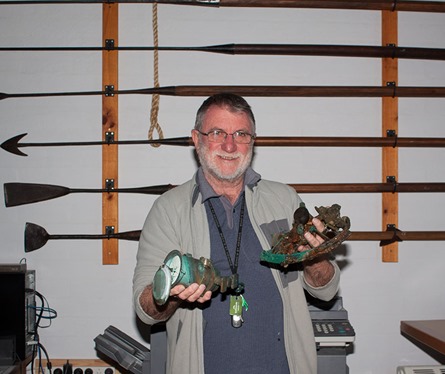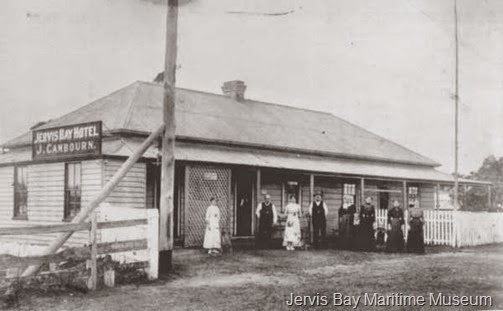| Dune Lake. | ||
 Google Earth image. Google Earth image. | ||
| The beautiful Lake Windermere and the more well known but smaller, Lake McKenzie are permanent, closed, freshwater “dune” lakes, home to a population of eastern long-necked turtles who use the lakes in times of low rainfall. You travel past the gates to the lakes as you head out to Cave Beach and probably never give them much thought. But the lakes have quite a story to tell, of failed enterprise, big ambitions and advanced technology. | ||
 Lake Windermere. Lake Windermere. | ||
|
| ||
|
| ||
| 1895 - Mr.T. Marriot cruised Lake Windermere on Saturday last in a boat which he, assisted by a fisherman named Ellmoos, conveyed across the strip of land lying between the lake and St. Georges Basin. The Lake, which is of fresh water, and about a mile extent, is prettily situated and has some nice scenery about it. Mr Marriott is the first person known to have taken a boat over the lake. | ||
| 1902 – The Australian Hemp and Fibre Company. After much public discussion, and a lengthy court case, objections to the project mounted, concerns about locking people out of the water supply, the possibility of polluting the water, and the future development of the area when the much anticipated train line connecting Nowra to Bristol point arrived, saw an end to the proposal at this site. | ||
|
| ||
 | ||
|
| ||
 Lake McKenzie. Lake McKenzie. | ||
| 1913 – The Shoalhaven News and South Coast Districts Advertiser - Nineteen inches, and 64 points of rain fell at Lake Windermere last month, (May) – the heaviest in years. They are building a big reservoir over there to hold an inexhaustible supply of water for the use of the Naval Cadets and regulars who may be camped here, and for use in time of war. | ||
| 1916 – Mr Black, Chief Secretary for the Government, visited the naval college and Lake Windermere for the purpose of testing the fitness of the waters for the acclimatisation of fish. It appeared to Mr Black that perch and carp would thrive in the lake. He proposed to make some experiments in this direction. | ||
| 1951 - The Australian National Botanic Gardens Annexe, located between Lake McKenzie and Lake Windermere. Development of the site as a botanic gardens started in 1951 when the area was selected as the frost free annex of the Australian National Botanic Garden and was called the Jervis Bay Botanic Gardens. | ||
| 1995 - Water in the lake would become the first water treated with Australia’s first Ozone Purification Plant, capable of treating up to three million litres a day. It supplies water to the Jervis Bay Village, Wreck Bay Aboriginal township, HMAS Creswell and recreational sites in the national park. | ||
| 1997 - To reflect the Aboriginal ownership of the Gardens the name was changed to Booderee Botanic Gardens. | ||
| 2000 - The Gardens ceased to be an annex of the Australian National Botanic Gardens, however strong ties and a close working relationship with the Gardens' staff continues. The collections policy now focuses on the Aboriginal use of plants, as well as the flora of south eastern Australia's coastal environments. Read more. | ||
23 May 2015
Lake Windermere – Jervis Bay
20 May 2015
Cape St George Lighthouse
 |
| Sydney Morning Herald Tuesday 22 October 1861. |
The navigational details below, gave Mariners the necessary information to safely sail past Jervis Bay and Wreck Bay. It also outlines some of the dangers of the Jervis Bay, Wreck Bay area. Most interesting of all, it gives us some clues into why this lighthouse, positioned where it was, eventually proved to be such a failure. |
Alternating Light near Cape St. George. Directions. The bearings are magnetic. Variation, 101/4 E. east in 1860. This notice effects the following Admiralty Charts:- Australia, General, No 1042; East Coast, sheet 2, No. 2142. Also Australia Lights List, No, 116 ; and Australia Directory, vol. 1, Page 212. Continue Reading |
19 May 2015
Jervis Bay Whaling – Profit and Loss
| 1913 Reports of large pods of whales, ‘for as far as you can see”, drew whalers and their ships from as far away as Norway to the east coast of Australia in search of large profits. After a short time working the east coast of Australia, profits were as hard to find as the whales. Below is a report from the Shoalhaven Telegraph 1913, it gives some insight into the costs of operating these large ships. | ||||||
1913 the Norwegian whale boats Sorell and Campbell operated from the bay, supporting two factory ships the Loch Tay and the Polynesia, the Polynesia had spent the 1912 season working in New Zealand Waters. From June through to October they took 379 whales, making a total of 537 whales for the two seasons yielding 2666 tons of oil. This operation was forced to close down after only two seasons as there were many complaints received due to the strong odour and offal floating in the Bay. Continue reading | ||||||
 The Norwegian factory ship Loch Tay. | ||||||
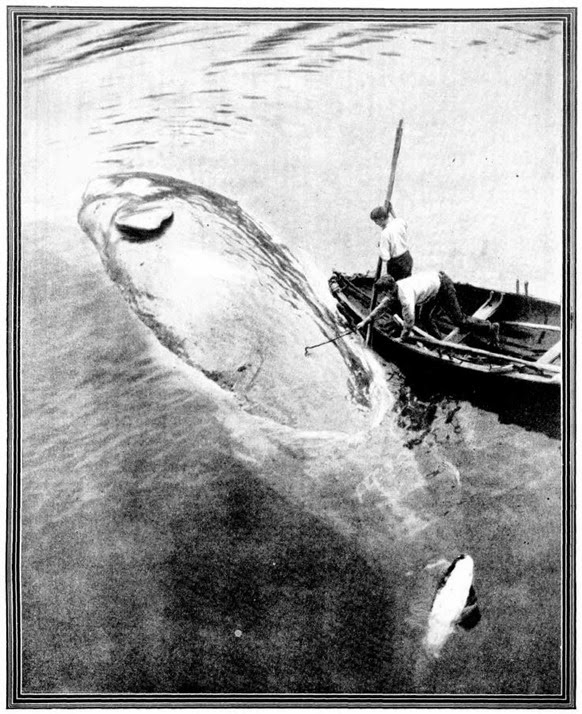 | ||||||
| A whale being readied for processing inside Jervis Bay. | ||||||
You can see these medieval like tools on display inside the museum, along with whale bones, drawings, and photographs. | ||||||
15 May 2015
The Desikoko – an exciting life at sea.
| 1934 - The launch of a new boat at Huskisson | |||||||||
 | |||||||||
| The Desikoko 230 tons, 120ft long, was one such vessel, | |||||||||
 Desikoko during construction on the banks of the Currambene. | |||||||||
 | |||||||||
| The Shoalhaven Telegraph. Monday May 28 | |||||||||
| |||||||||
| The Desikoko was a beautifully made vessel, built by a highly respected shipbuilder of the time, Alfred. W. Settree learnt his trade in New Zealand, he knew the boat-building game from A. to Z., and the Desikoko was the eighth boat he has launched since coming to New South Wales. | |||||||||
| The Shoalhaven Telegraph May 28. | |||||||||
| |||||||||
 | |||||||||
| After the celebrations had finished the Desikoko was moved back along the river where final preparations were made for her to be towed to Sydney to have her engines fitted. | |||||||||
 | |||||||||
| |||||||||
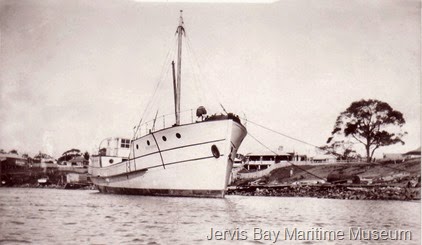 | |||||||||
| June 6 – Desikoko successfully refloated | |||||||||
| 1935 – The Desikoko, along with other island coastal vessels were involved in a fruitless search for the missing Government ketch Hermes, carrying 3 white officials and a crew of 14 natives. | |||||||||
| May 1937 – The Desikoko had a very lucky escape from Rabaul Harbour after 2 volcano’s erupted and showered her with scorching ash, During the turmoil she was thrown onto a mud bank by the tidal wave that accompanied the first eruption, but was later refloated. | |||||||||
|
| |||||||||
| During WW2 many small ships in Australia, were commandeered into the US Army Small Ships Section. In 1942 the now named USS Desikoko, number S-129, and was used to carry supplies round the islands, petrol, rations and mail convey soldiers and civilians from Rabaul shortly before the Japanese captured the town on the 23rd of January 1942. | |||||||||
| Mr. Hood had poignant memories of the war in the South West Pacific. | |||||||||
| |||||||||
| Surviving the war, she was returned to W. R. Carpenter who had no further use for her as the companies coconut industries had been destroyed during the war. | |||||||||
|
| |||||||||
| All seafarers know by changing the name of a boat you will anger the sea gods and curse the boat with bad luck, right or wrong, in this case it appears to be true. | |||||||||
 | |||||||||
| December 1946 – She was sold to the Chinese and while in Sydney the Desikoko was renamed the “Yua Hwa”, there seems to be some confusion about the actual name, research of the NSW Environment and Heritage site has the name listed as ‘'Yau Wha” while all other references have the name as previously stated. | |||||||||
 | |||||||||
| January 1947 – After many years of faithful and sometimes exciting service for the island trading company W. R. Carpenter, after thousands of hours crossing the oceans between the islands and Australia, her final voyage was a sad and undignified affair. | |||||||||
| The Sydney Morning Herald January 6 1947 | |||||||||
| |||||||||
| No inquiry into sinking. | |||||||||
| “Because the “Yua Hwa” was sailing under a Chinese flag no inquiry was held, and it fell to the Chinese authorities to instruct it’s representative in Australia to hold an inquiry into the sinking” | |||||||||
 The museum has a beautifully made scale model of the Desikoko on display, along with other photographs and information. The museum has a beautifully made scale model of the Desikoko on display, along with other photographs and information. | |||||||||
| 69 years after she foundered, the Desikoko is discovered. | |||||||||
 Museum curator Graham Hinton showing some of the relics. | |||||||||
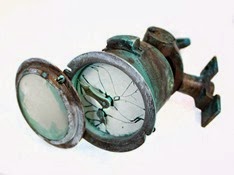 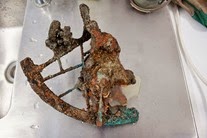  | |||||||||
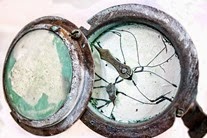  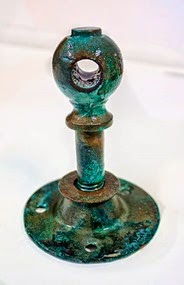 | |||||||||
| Stabilisation process. | |||||||||
| After so many years being in salt water these objects need to be stabilised to avoid further deterioration, once objects are exposed to air and drying, decay is quickened, to arrest this process the objects have to undergo a process called “desalination”, the relics are submersed in fresh water that is changed on a regular basis, the next stage will be to “de-water” the objects by immersion in acetone. Once this process is complete the objects will enter the museums collection and be available for display. | |||||||||
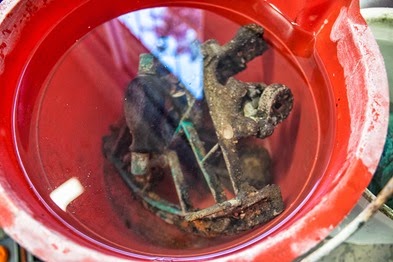 Submerged in fresh water during the process of desalination. | |||||||||
| Meaning: Desikoko - desiccated coconut | I received this letter from Jen Littlechild. Hello. my father was assigned to Desikoko for a time during WWII. He used to tell stories of being incognito & scouting the islands for Japanese radio transmitters, but never mentioned the islands. We know from his army records he arrived in Milne Bay, but no mention of Desikoko. The story has always been a fascination, wanting to fill the gaps. So interesting to read about Desikoko's connection to Rabaul, as my husband & I visited Old Rabaul Town 4 years ago, the day after the last erruption, & the whole place was in clean up mode. We stay at the Rabaul Hotel with Suzie, & explored the history & area for a week. We also went to Milne Bay & the Trobriands. Even if I had no idea exactly which islands dad had sailed to I got a good feel for the people, geography & history. I would love to know if you have any more details of Desikoko's activities during WWII, & we must come & visit the museum one day Thank you | |||||||||
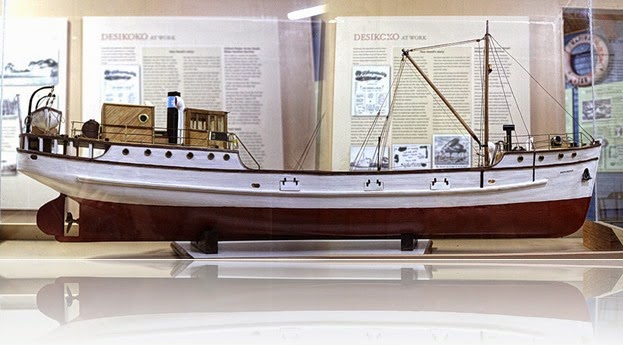 | |||||||||
 |
13 May 2015
Lois Johnson Exhibition
| Examples of some of the fine artworks on display in the Science of the Sea Gallery by Lois Johnson. |
 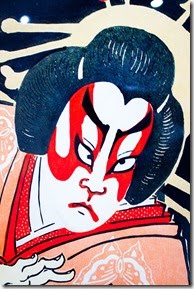 |
| MORE |

